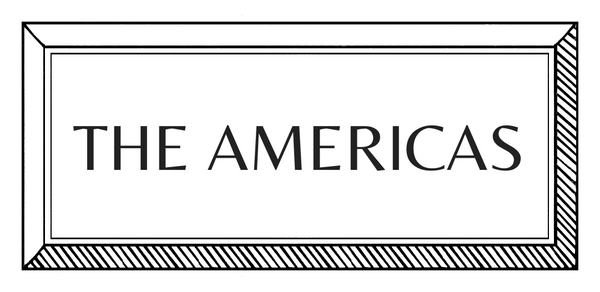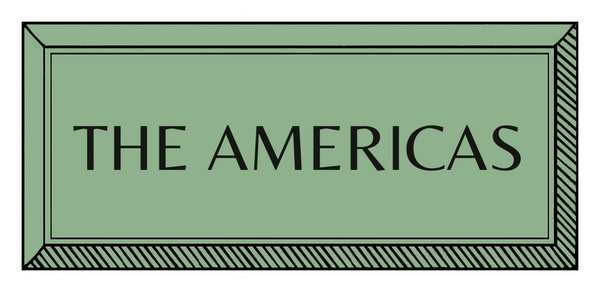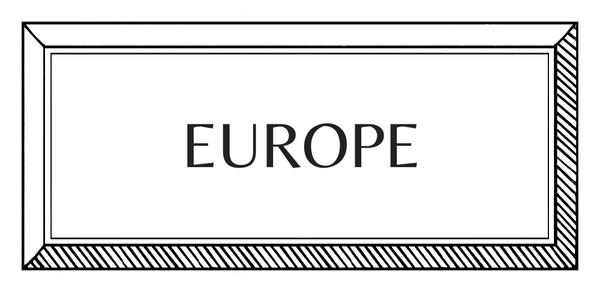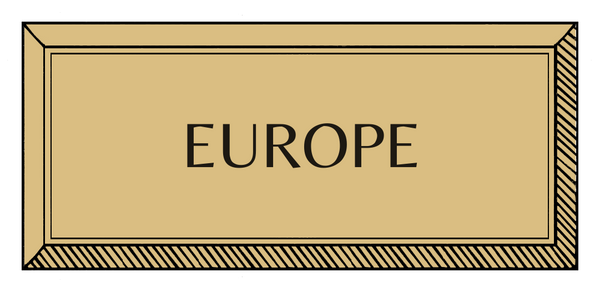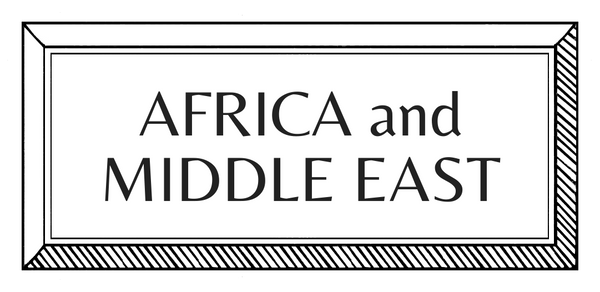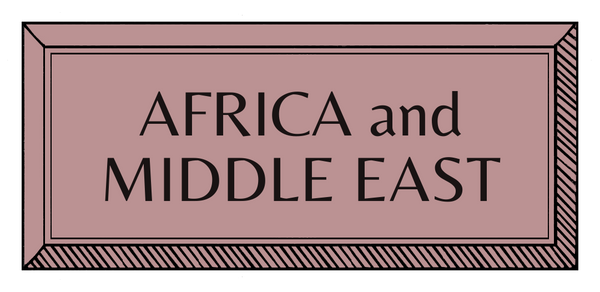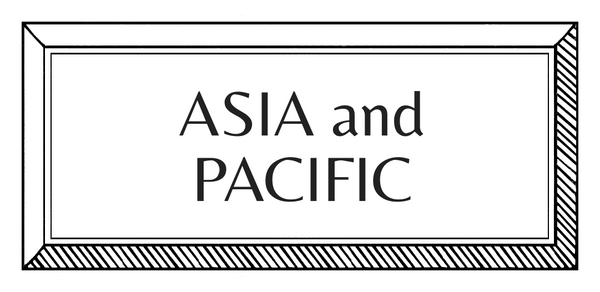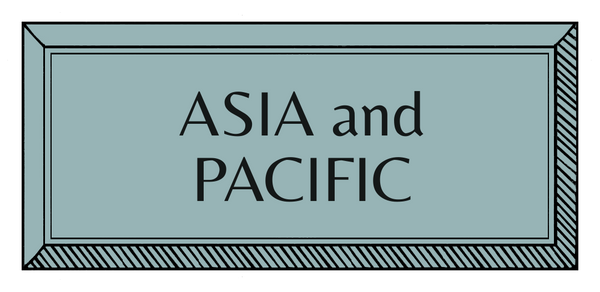MAKERS | THE AMERICAS | COLOMBIA | WEAVER
Jorge Lizarazo | Weaver

Renowned Colombian architect and textile designer, Jorge Lizarazo, has spent nearly 25 years creating distinctive textiles by combining unique and unexpected fibres in Hechizoo, his Bogotá-based atelier, and weaving light, nature and tradition into his work.
How did you begin?
"I studied Architecture in Bogotá and moved to France in my 20s. I worked in Santiago Calatrava’s studio for a while, and later joined Massimiliano Fuksas' studio, where I was in charge of the materials room. There, I was immersed every day in samples of all kinds of glass, porcelain, aluminum, iron, wood, stone, and everything you can imagine.
"Massimiliano once told me the world is made for he who dares to do different. I never forgot those words. I returned to Colombia in the late 90s and was bored by traditional and commercial architecture. I took to interior design as a way of exploring more daring spaces and approached other design disciplines, especially, traditional Colombian crafts. That’s how I met Liliana Jaramillo, one of the country’s main references in contemporary weaving. I designed my first textile collection in collaboration with her."
How did you learn?
"I believe that since the 18th century there’s nothing new in textile production, but the innovation and exploration in materiality. What we’ve done with Hechizoo is combine fibres that weren’t meant to be weaved together. I’ve often thought that I should’ve called my workshop “Mestizoo”, from the Spanish word mestizo (of mixed race), as it’s inspired in the beauty of the American continent, which relies in its mix of cultures and ethnicities. My encounter with weaving meant a journey into the heart of Colombia. What we’ve always tried to do is to mix fibres; to include metal strands to add light into weaving."

How do you plan, prepare and create your works?
"Architecture is decisive to us: every piece is born three-dimensionally in my head. There’s two ways of working in Hechizoo: one of them involves me working personally in a project and creating something for it, the other one is generally through the gallery or our catalogue, when the client sees a reference and makes a request. Either way, we never make two pieces alike. Every project we do comes with a challenge. Hechizoo was born so I could try my limits and design every day of my life."
Who or what most influences your work?
"First, nature. The light also: understanding it is essential to me. I live in an apartment with very dimmed lightning, and yet I love seeing how the sun rises, how the light brightens outside, how the sun sets. These are the everyday things that attract me. I adore watching through the airplane window and see how the clouds and skies have different hues. To me, light means colour and texture; it’s the sense that you want to give to a room. I love traveling on the Colombian roads: I think my country has the most beautiful geography. And I learn from it. The world is made of blues and greens, and those are the colours that prevail in my textiles."

What does a typical day look like?
"The Hechizoo atelier is in what used to be a series of warehouses in a working-class neighborhood to the South of Bogota. Here, we work with 70 weavers. It is an oasis, a beautiful place: somewhere I happily go every day, right into the heart of the most authentic Bogotá. We have a very particular schedule: we work from 6am until 2.30 pm. I wake up at 4.30 am, very early, and take my dogs with me to the workshop. We have a garden there: everything there was planted by my late first husband; the garden has remained how he left it, only lushier. Sometimes birds come to visit us. I contemplate it and find the peacefulness I need."
What are the best and worst things about being a craftsperson today?
"The best is connecting with great wisdom that comes from so many people: from the person that prepares the fibre, to the one that weaves the piece. Since we work with human hands, we can do whatever we envision, and that is one of the best things of this craft. However, it’s also a challenge, because handmade processes are undervalued in our continent. These are costly processes and so is perpetuating cultural heritage, because we face a world that is increasingly globalized and industrialized."
One more thing... An artist you’d collect if you could?
"I’m a huge fan of post-war American art: Barnett Newman and Frank Stella, for example. And I love Cuban artist Carmen Herrera and how she worked silently for decades, faithful to her art."

Words by Rebeca Vaisman
Images from Jorge Lizarazo








